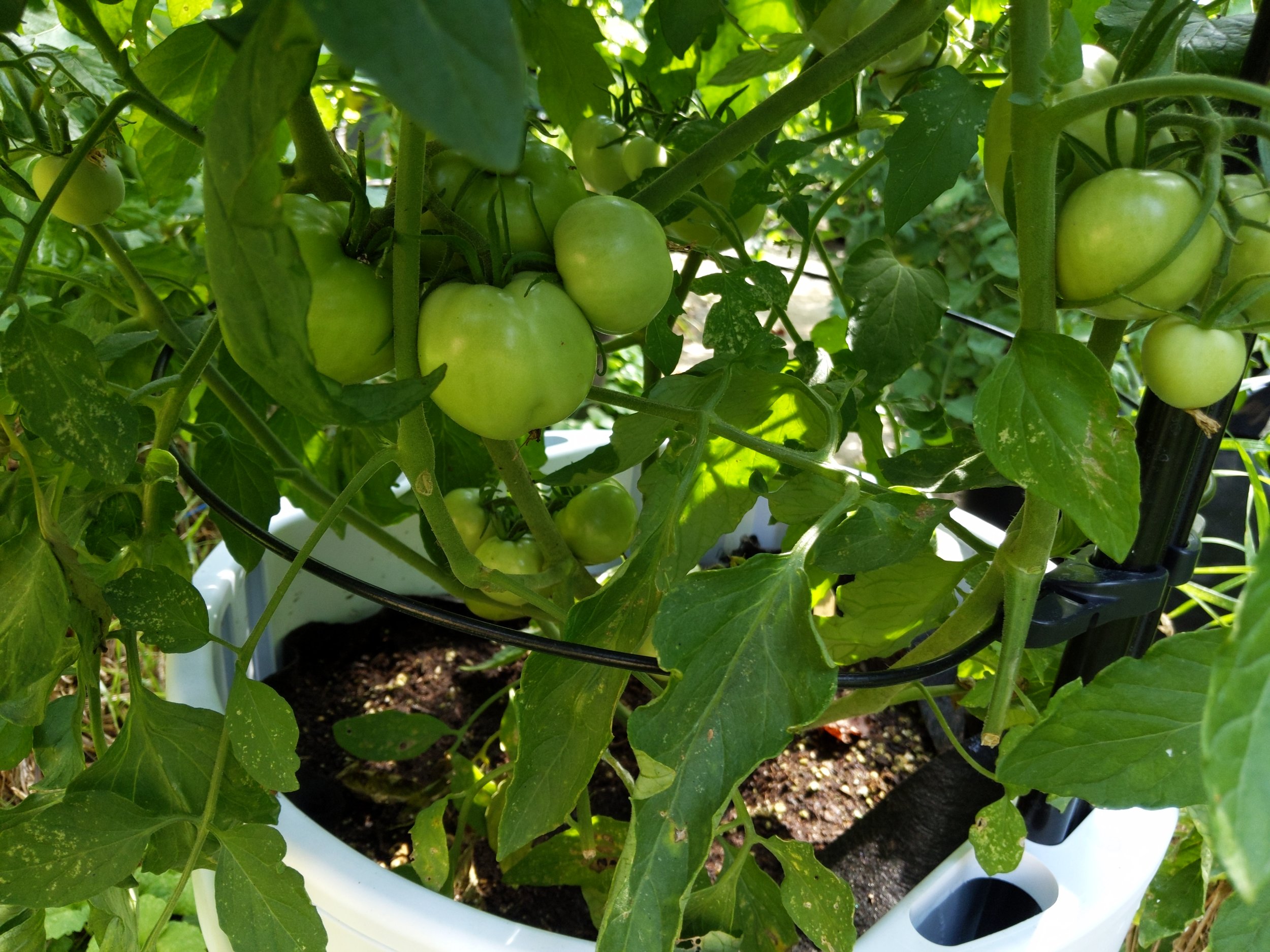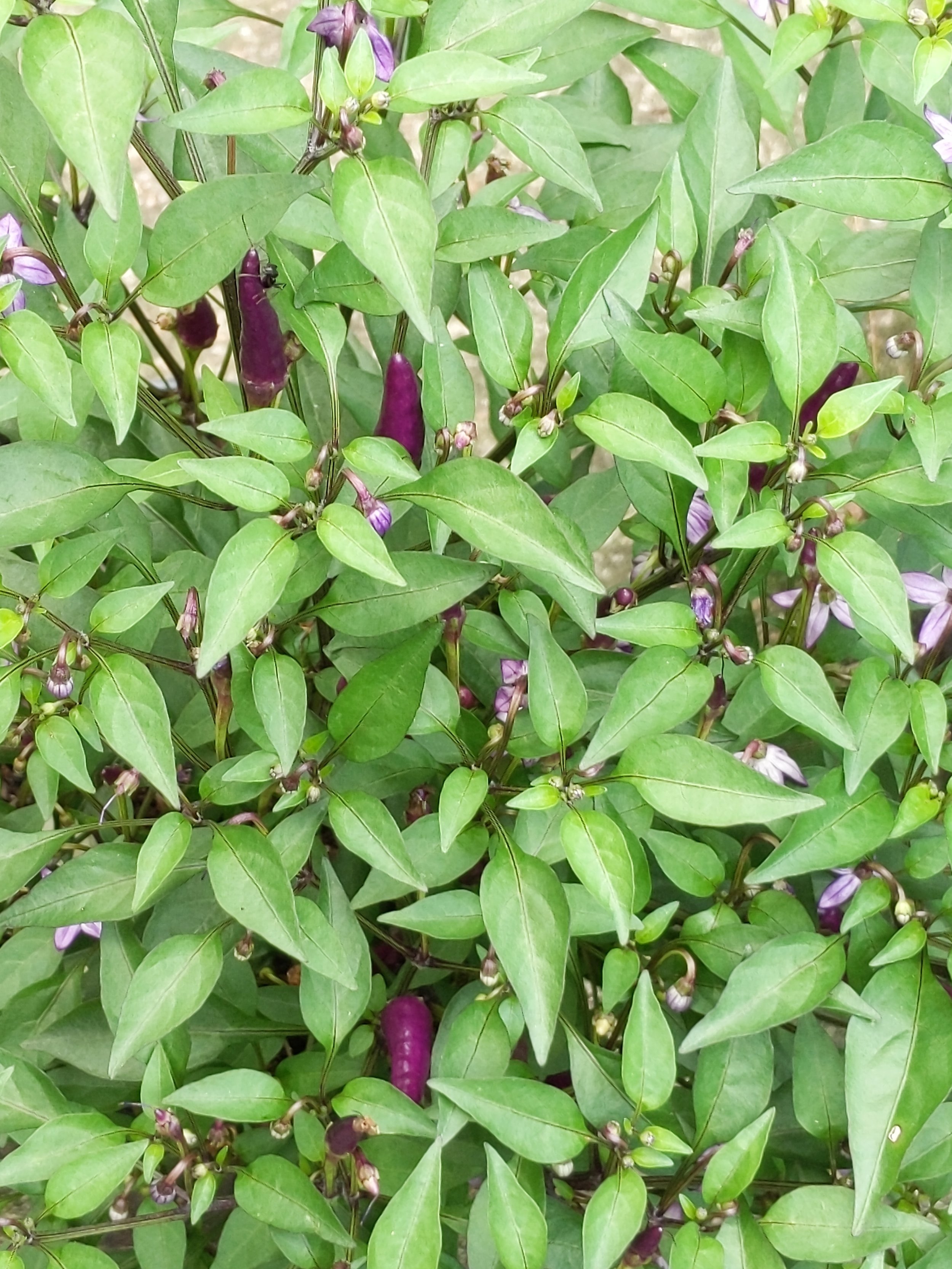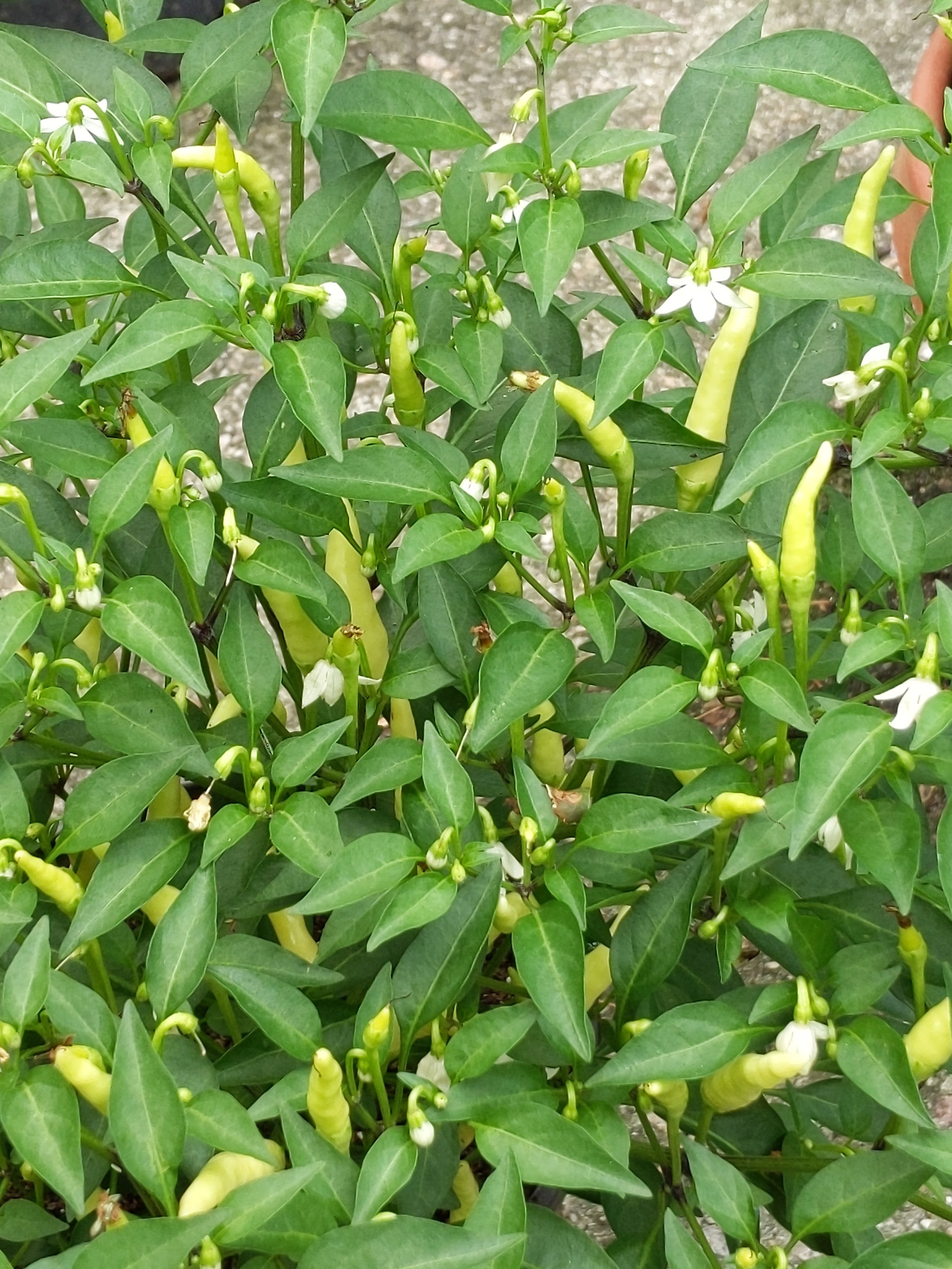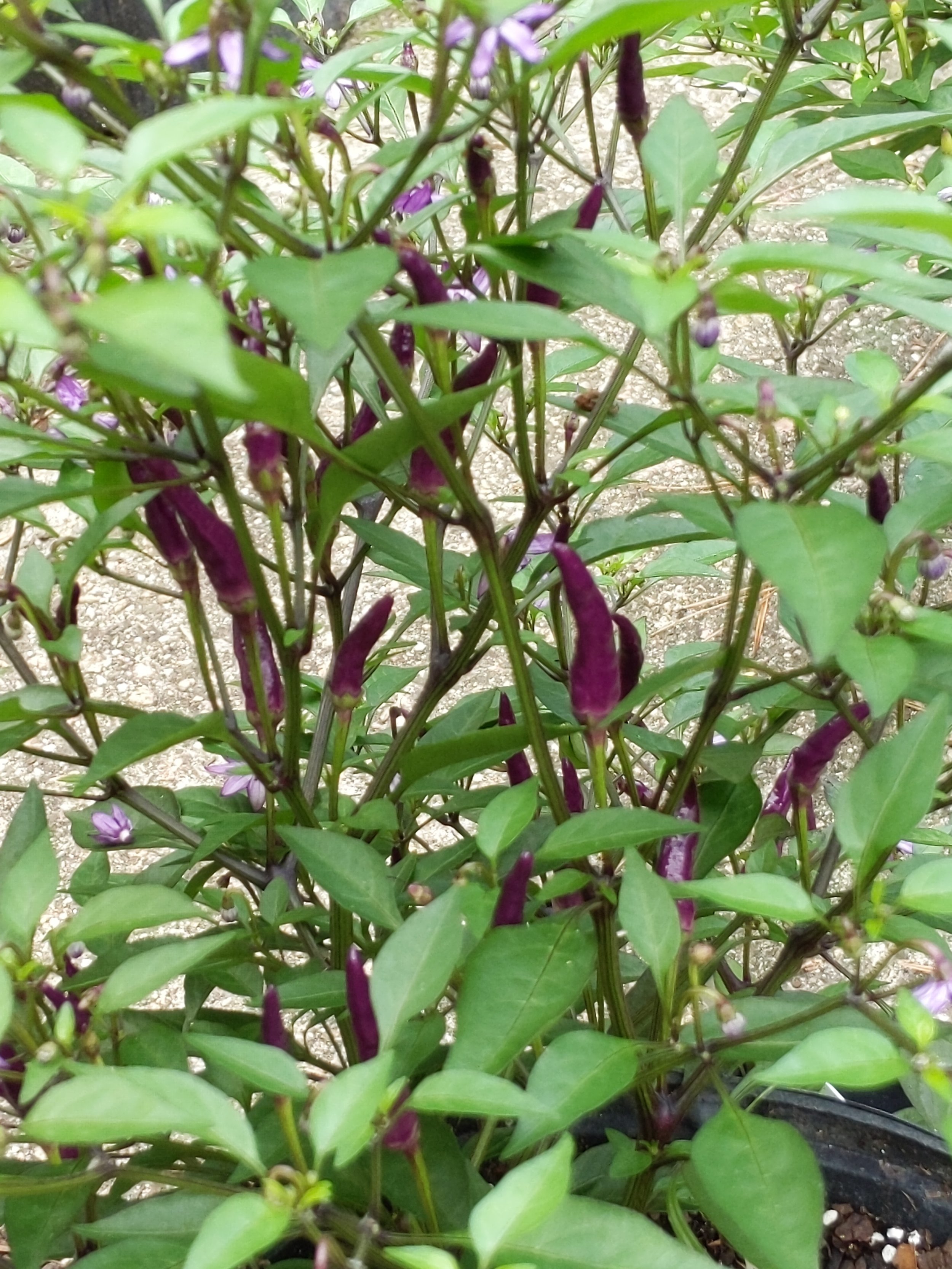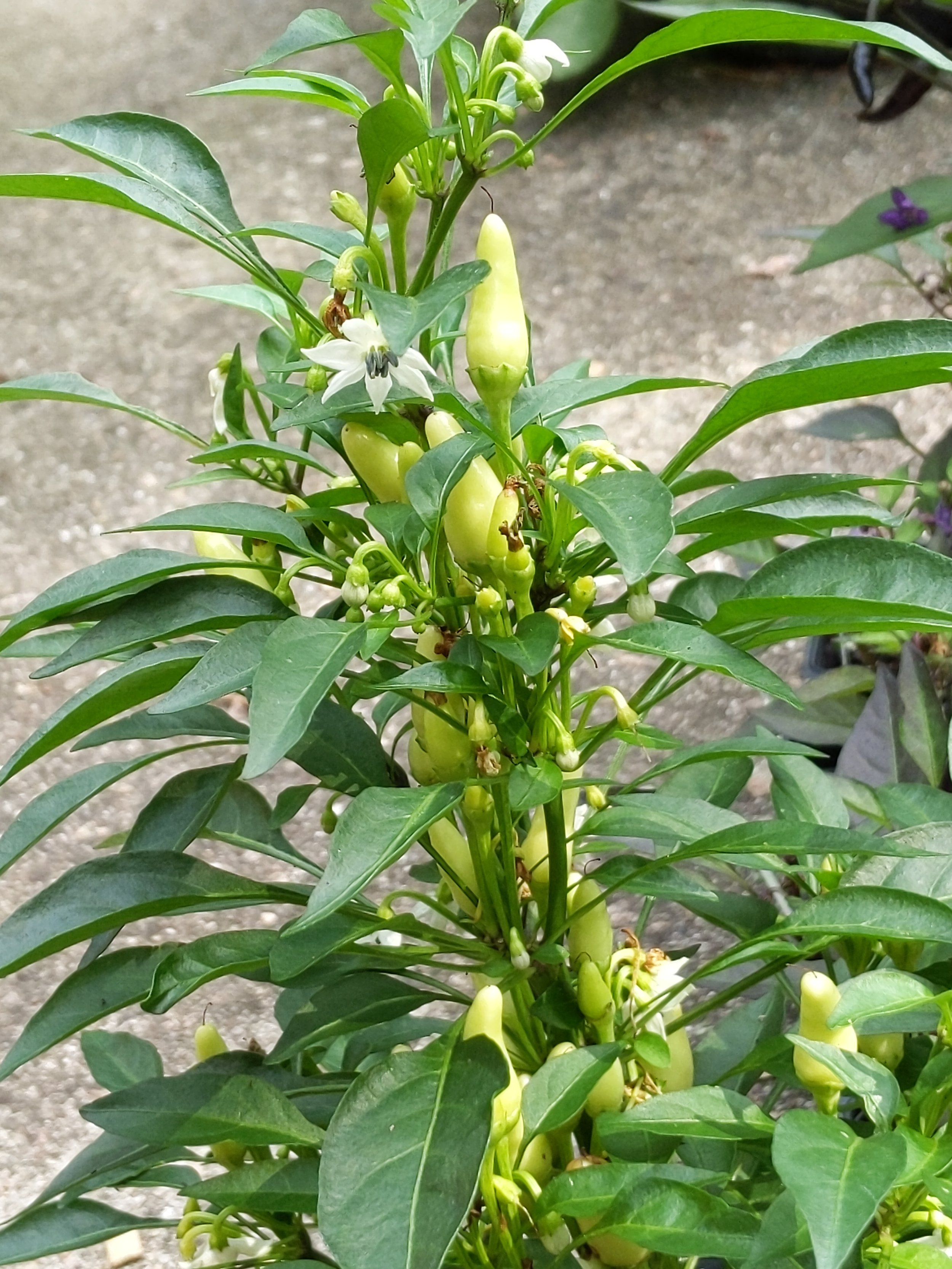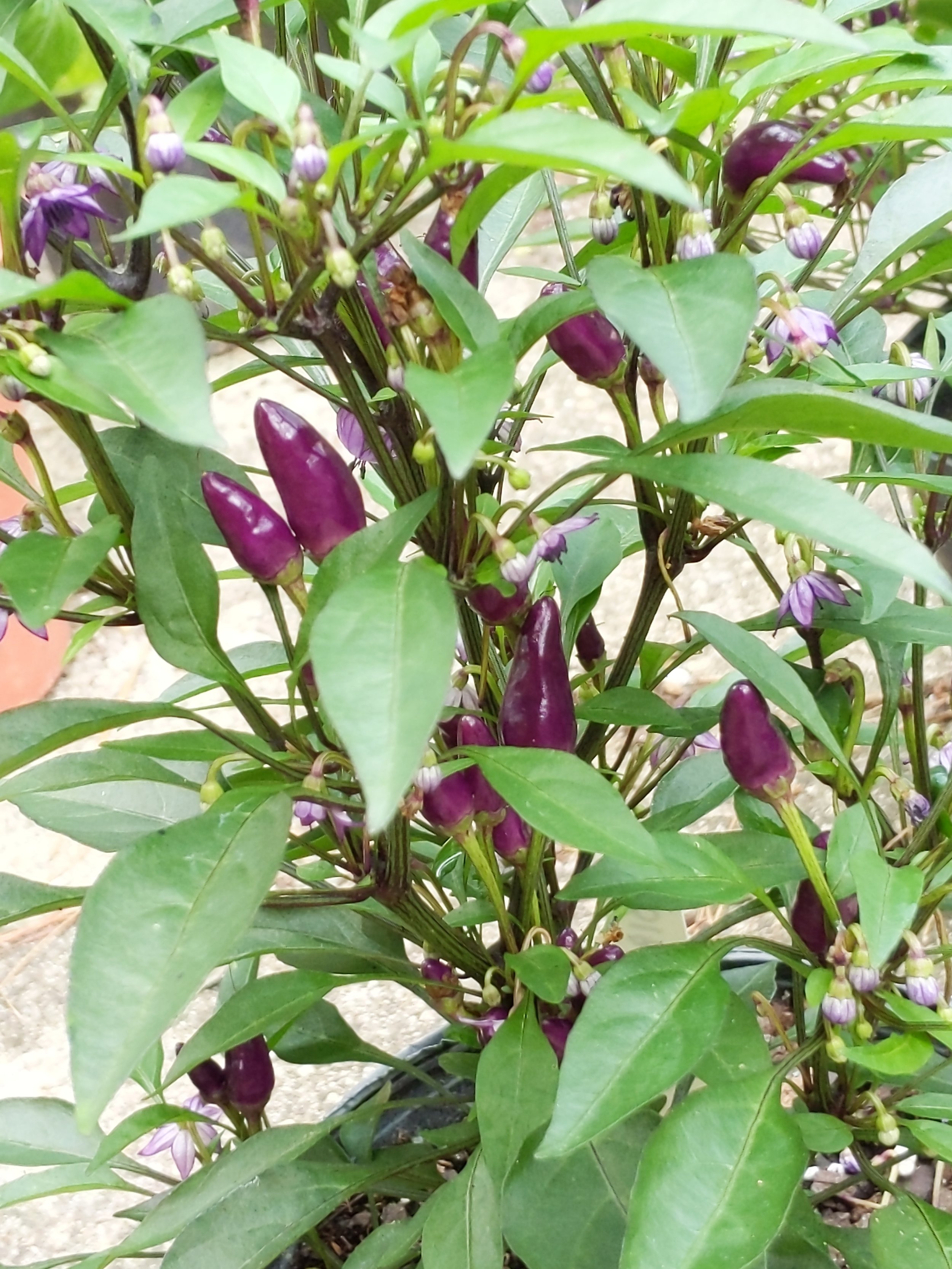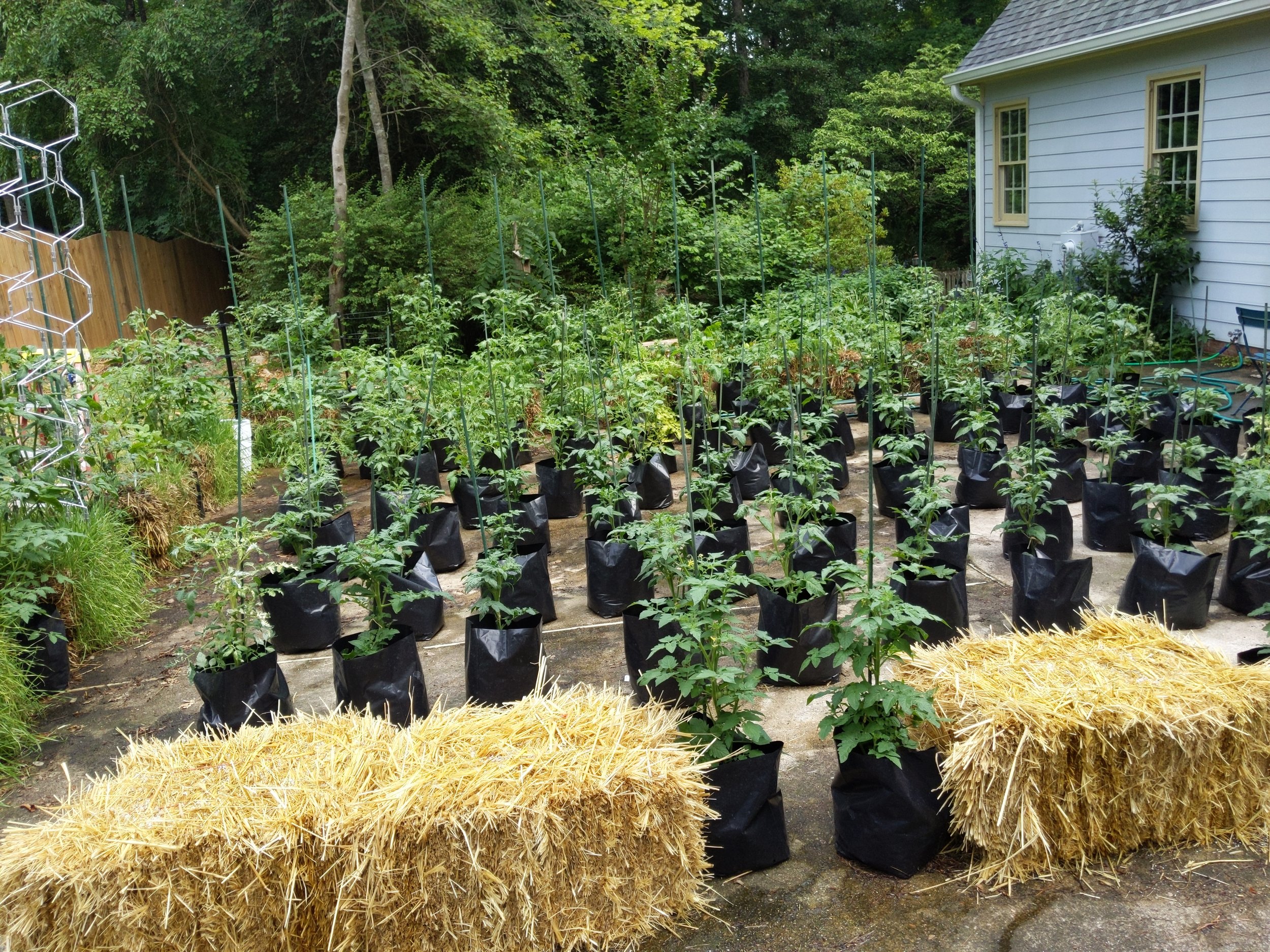Peak Harvest in mid-late July. Alas, this type of pic is but a memory!
August - the end of my productive gardening season (particularly early this year due to the intensity of the heat and humidity - the harvest was so generous but so concentrated and quick!), is a good time to begin to take stock - look back a bit, and think ahead…but, again, just a bit. There is still a driveway to clean up, makes sense of, and in some cases, harvest.
We conceived the Dwarf Tomato Project in 2005, rolled up our sleeves and really dug soon after, and began releasing our discoveries in 2010. Nine years later, with 106 or so varieties listed in seed catalogs and many more on the cusp of release, I think it is a good time to take them in batches and provide my latest impressions. I got to try lots of new releases this year, and am mighty impressed - so I can now add those alongside my long time favorites.
Let’s consider this part 1, where I will cover releases from 2010-2012, 17 of our varieties. Those marked with an asterisk (*) are my favorites to grow and eat.
Dwarf Jade Beauty * - I’ve grown it often, and though it is not a very large tomato, it is productive, resists disease well for me and is simply delicious. Our green when ripe dwarfs are really fine!
Dwarf Beryl Beauty * - I alternate this with Dwarf Jade Beauty and Dwarf Kelly Green as similarly sized, green fleshed, delicious tomatoes. Beryl is a bit larger than Jade, and I’ve noted a more pronounced pink blush at the blossom end. The foliage is also slightly different, being more rugose, though both it and Jade are potato leaf.
Dwarf Emerald Giant * - Another of my favorites of all of our releases, and to me, very close to being a “dwarf growing version” of the father of the Sneezy family, Green Giant. It isn’t quite as large, and isn’t quite as sweet, but it is to me one of our best creations. It yields well more consistently for me than Summertime Green.
Summertime Green * - When compared to similarly sized Dwarf Emerald Giant, it is not quite as oblate and is regular, rather than potato, leaf. I’ve not grown it in a few years, which is a shame, since it is simply delicious - I actually find the flavor a tiny bit fuller and more complete than Emerald Giant.
Rosella Purple * - I remember being shocked when a purple tomato popped up from one of Patrina’s pink X red crosses, but that’s what we have! Rosella Purple is, I suspect, one of the most widely grown of our dwarfs, and is a great ambassador for our project. It looks and tastes like Cherokee Purple, and is similarly sized, on a nice compact dwarf growing plant. I’ve grown it many times and love the variety. One thing I’ve noted is that foliage disease can hit it pretty hard in some years, due to its dense growth and heavy fruit set.
Tasmanian Chocolate - Though the size, yield and color are impressive and it gets many great comments, it just has never tantalized my taste buds nearly as much as most of our other releases. I am delighted so many enjoy it, and think it is time to return to it for another try. It is another of the dwarfs that can get pretty hard with foliage disease.
Summertime Gold - Though this was one of our initial releases, some remaining instability has created a bit of confusion. It was reselected and re-released as Summer Sweet Gold, as some samples of the released Summertime Gold looked essentially like Dwarf Mr. Snow. No matter what its true identity, it is always delicious. At some point, a comparison between Summertime Gold, Summer Sweet Gold, Summer Sunrise, Dwarf Mr. Snow and Dwarf Sweet Sue would be very useful to see if we are maintaining the differences.
Dwarf Mr. Snow * - I simply love this ivory colored good sized, productive release because there is a distinctive tartness to the flavor, not all that common in large fruited tomatoes (many of which tend to the sweet side). It stood out at one of our Tomatopalooza events as one of the best tasting tomatoes at the tasting.
Dwarf Wild Fred * - One that is near and dear to me, as it is named for my dad Wilfred, it is very similar in color and size to Rosella Purple. I’ve not grown it nearly often enough, and really need to do some comparative grow outs and tastings of our various purple fruited releases. The year that I selected it, the size potential from our dwarf project showed itself right off the bat. My impression is that the flavor intensity is just slightly lesser when compared to Rosella Purple, but this is an impression that needs to be revisited.
Perth Pride - One of our saladette sized dwarfs, Perth Pride really catches your attention due to the intense tartness. This is another dwarf I’ve not grown very often, but it yields well, but is best picked prior to full ripeness due to its tendency to crack. Perth Pride was one of the best tomatoes as judged by Tomatopalooza attendees at one of our tasting events.
Iditarod Red - One of our earlier ripening dwarfs, I consider this a reliable saladette types with a heavy early fruit set. Never the best flavored tomato in the garden, its earliness, vigor and high yield make it very useful to grow. It is another I’ve not grown often in recent years.
Yukon Quest - This is another early ripening dwarf that can produce some pretty good sized, sweet pink tomatoes. It is also another that hasn’t graced my garden recently.
Sleeping Lady - A continuing theme, this is another early ripening variety that yields very well, with variably sized tasty chocolate colored tomatoes. It joins the list of varieties I’ve not focused on recently.
Dwarf Kelly Green * - This is the medium sized, green fleshed gem with regular leaf foliage, unlike the potato leaf Beryl or Jade Beauty it is related to (the Sneezy family). It is prolific, healthy and delicious.
Dwarf Arctic Rose - Similar to Yukon Quest, this is a very good sweet pink tomato that comes on early. I really need to do a comparative grow out, as the original intent was that one of the two was more compact in growth habit. I’ve not grown it in some years, so it is time for it to return to my garden.
Dwarf Sweet Sue * - To me, this is simply one of the best. It should be medium sized, vary from smooth oblate to more round, have a medium yellow color with a distinct pinkish blush at the blossom end when very ripe. Mostly, it should delight the taste buds with its sweetness and intensity. I’ve seen selections that are not yellow enough, too large, or too oblate. This one is very special…and it is named for my wife!
Summer Sunrise - I’ve never been terribly lucky growing this selection. The tomatoes I’ve had from the variety are simply delicious. I’ve battled disease and yield issues, and I should give it another try soon. There should be a distinction between this and Summertime Gold (now, Summer Sweet Gold), though it is subtle.
In summary, the above initial releases contain lots of favorites. The yellow, white and greens come from the Sneezy family - created when Patrina crossed Green Giant with Golden Dwarf Champion. David Lockwood, a most wonderful early project year volunteer from Australia that sadly left the earth when way too young, did lots of the initial dwarf hunting and his first finds created lots of the excitement about our project, because they essentially confirmed our hypothesis - that it was possible to create great new dwarf varieties that had the size, flavor and color interest of indeterminate varieties. Already, back in 2006, we could see the beginnings of “mission accomplished”!
Promising heart shaped lead, purple with green stripes, from the Hearty line. No name yet…but tasty and gorgeous!
























